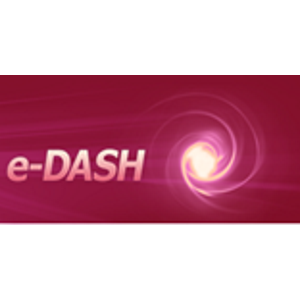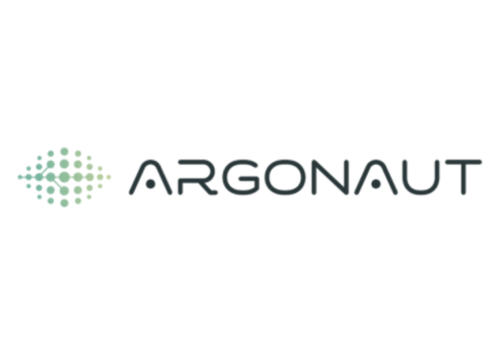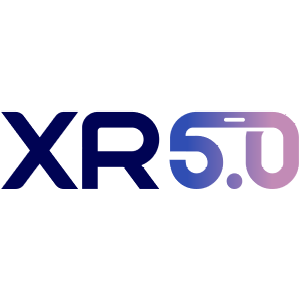Sustainable integration of electric vehicles requires an intelligent charging system for real-time. Exchange of charging-related data between FEVs and the grid to enable management:
- High-current fast charging for a large number of FEVs in a brand-independent manner.
- Price-adaptive charging
- Reverse charging at the optimal price for the customer
- Real-time grid balancing according to spatial and temporal needs and capacities, influenced by demand (FEVs) and supply side (unpredictability of renewable energies)
- Competent remote control of the charging process to avoid damage to the FEV batteries. The goal of e-DASH is to develop the IC technologies and processes required for the real-time integration of “FEVs” into the European power grid to enable an optimal electricity price for the customer while providing effective load balancing in the grid.
Great emphasis is placed on the “openness of the V2OEM interface”, allowing access to multiple players without limiting customer choice. e-DASH is divided into 5 work packages: WP 100 deals with project management and scientific coordination. WP 200 defines relevant functionalities for the use case and covers all EV-related developments related to over-the-plug and over-the-air communication. WP 300 deals with the development of the E-Mobility Broker and the OEM back-end. WP 400 develops the “Demand Clearing House” and the corresponding FEV demand and supply management – network balancing system. WP 500 covers cross-cutting issues: legal aspects, dissemination and standardization, system validation and demonstration. e-DASH will be crucial for future electric road transport as it provides the necessary smart charging system capable of balancing the power demand of a large number of FEVs (fast charging) and the unstable renewable energy supply locally and temporarily in near real time.
More information under: https://ses.jrc.ec.europa.eu/e-dash




